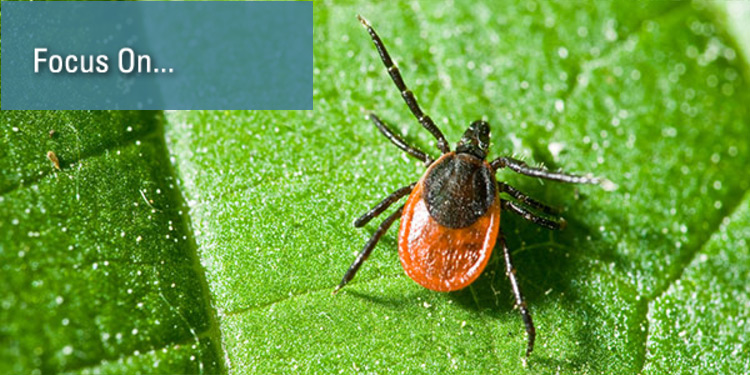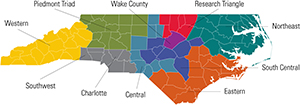STARI, STARI Night
I was getting ready for bed when when the first wave of symptoms washed over me. My face felt dry and hot. My head began to throb steadily. I felt a bit like I was moving in slow motion. Oh no! I thought. It must be the flu.
It wasn’t…
It was Southern Tick-Associated Rash Infection, or STARI. You haven’t heard of it? Neither had I. But now I know that it causes some real discomfort, in terms of fever, aches, nausea, and other flu-like symptoms. Unlike Lyme disease, which is transmitted through the bite of either the western blacklegged tick or the deer tick, STARI is thought to be passed through the bite of an infected lone star tick. The lone star tick has a white spot on its back that contrasts with its darker body.
So, when do you know if you have STARI? In some people, a bullseye rash, much like the one characterized by Lyme disease, becomes apparent. But don’t wait for it to show up—mine never did. Instead, I had a low-grade fever that disappeared even as the flu symptoms persisted. So, if you recently pulled a tick off your body—especially if that tick had been camped out for a few days—and you feel like road kill warmed over, you might have STARI and you should pay a visit to your doctor. A 10-day course of antibiotics should alleviate your symptoms.
But, an ounce of prevention is worth more than a pound of cure! To prevent tick bites, keep your skin covered when you’re in areas where ticks hang out, like tall grasses and woods. Use a tick repellant with DEET on skin, following the directions carefully and avoiding contact with eyes and mouths. Consider treating your gear, like boots and camping equipment, with products containing Permethrin, which kill ticks and will remain effective through multiple washings.
Learn more about preventing tick borne diseases here.
Charlie Parrish
—

Charlie Parrish joined IES in 1998 and assists NC manufacturers in areas including safety, energy, environmental compliance auditing , air quality permitting, emissions testing, industrial waste minimization assessments, energy surveys, and health and safety assessments & training. Charlie has a B.S. in biology (1978) from San Diego State University and an M.S. in environmental engineering (1989) from Virginia Tech University. Charlie received his P.E. license in environmental engineering in 1994.



